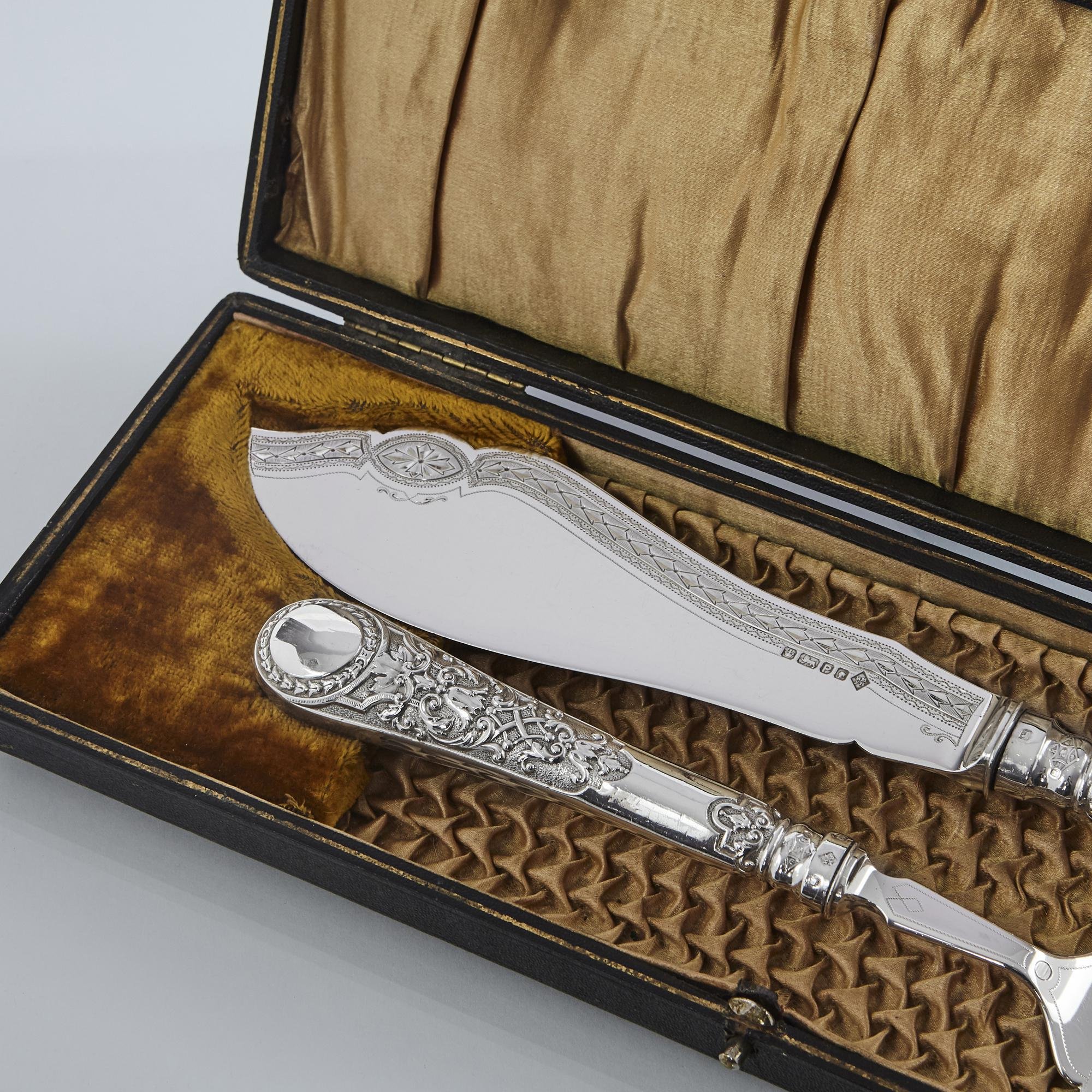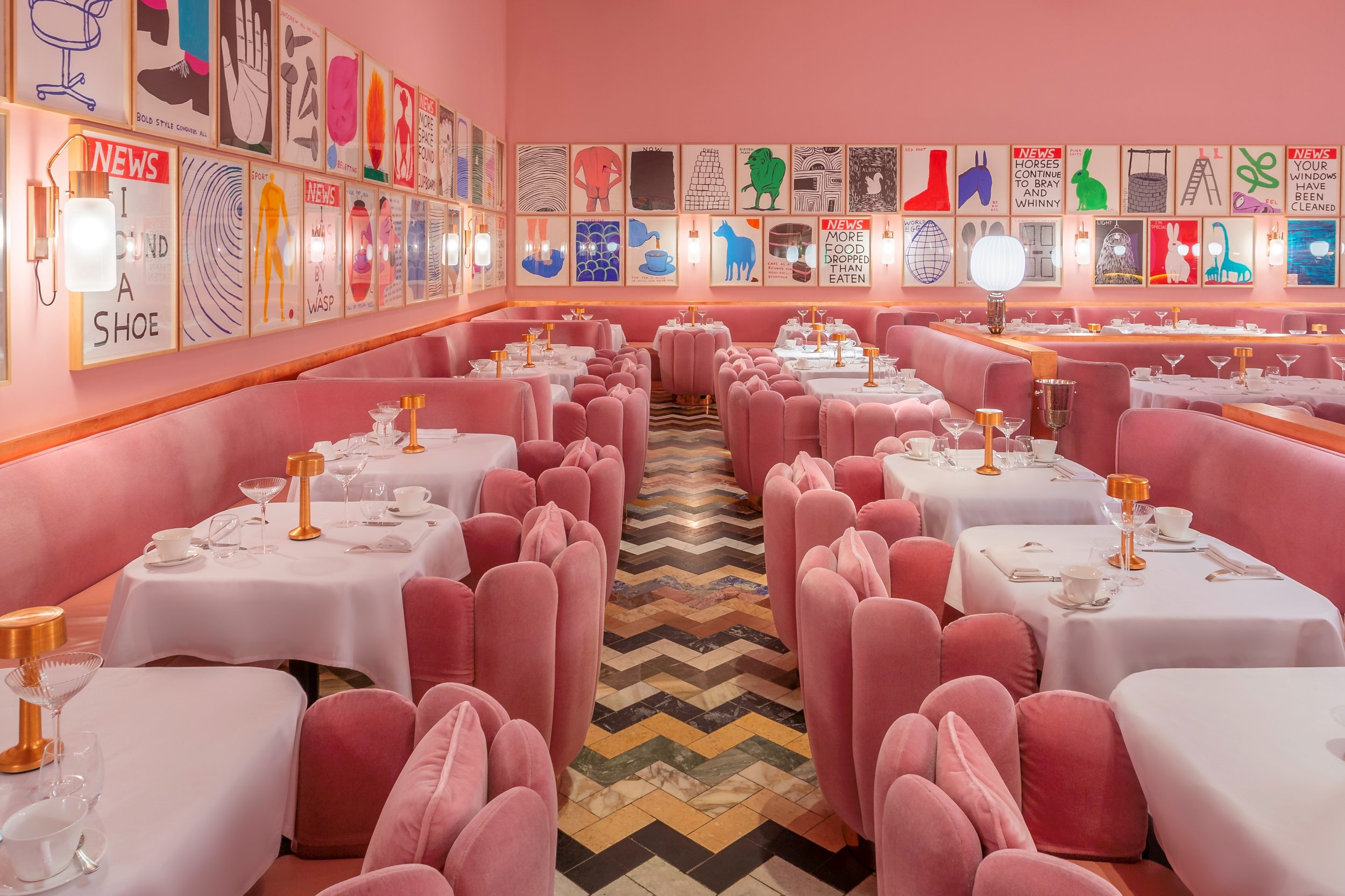A Trip Through the Ceramics Market
24 September 2020
The variety of ceramic production over the centuries provides a fruitful journey of discovery for collectors, investors and the curious alike.
Colin Gleadell
Colin Gleadell writes on the art market for The Daily Telegraph, Artnet and Art Market Monitor.
If one could turn the clock back forty years and choose to buy then, armed with what we know now, an obvious choice would be Chinese Imperial porcelain which, since the mainland Chinese began buying in earnest, is fetching millions. At the other end of the spectrum is Chinese export porcelain, which was largely made for Western visitors in the 18th century and has failed to keep up with other forms of antique Chinese manufacture.
A rare example of a ‘famille rose’ Hong bowl, sold by Gibson Antiques to a Chinese institution.
Export porcelain occasionally makes a splash when a major haul is discovered. The most famous case is probably the Nanking Cargo, which was recovered in 1986 from the bottom of the South China Sea, in a Dutch East India company ship. But the cargo hasn’t really held its prices, says dealer Alastair Gibson. However, he notes that there have been sparks of interest from Chinese mainlanders for specific things such as ‘famille rose’ Hong bowls (a rare example of which he sold to the Guangdong Museum for a figure in the region of £200,000).
But, says Gibson, much of the ubiquitous blue and white shipwrecked export cargo is not in great condition; it is also out of fashion. So, with prices generally in the doldrums, but with the occasional promising glimpse of Chinese interest, export porcelain might be a good investment.
In Russia, Imperial porcelain and Faberge have long been highly valued. But a niche market for Soviet Revolutionary porcelain, made from blank mouldings left in the Imperial factory after the Revolution and painted with revolutionary themed subject matter, has sprung up in the 21st century.
This month, a 1920s Soviet propaganda plate became a hot topic after selling for £8000 at auction in Stratford-upon-Avon. The Antiques Trade Gazette ran the headline, ‘Soviet propaganda porcelain plate makes over 100-times estimate’.
But perhaps the headline should have been – ‘Another auctioneer makes undervaluing blunder.’ The estimate was more in line with the kind of prices Soviet porcelain was making 35 years ago.
In 2013, a large 1930s vase depicting indigenous people in Northern Russia, while not avant-garde in design, was in the spirit of the Revolution and sold for £422,500 against a £30,000 estimate.
Installation view, Tristan Hoare & Lyndsey Ingram at Frieze Masters, 2020, 9th - 16th October 2020.
At first driven by US collectors, this market is now dominated by wealthy Russians. Supply, though, according to Alexis de Tiesenhausen of Christie’s, is unpredictable. “A lot was gifted to visiting western politicians and businessmen, then passed. Some, like the Stratford auction lot, end up in street markets, their true value unrecognised.” A not dissimilar 1923 plate with an accordion player painted on it by Alexandra Shchekotikhina-Pototskaya, was discovered in a charity shop and bought for £5. Christie’s then sold it in 2018 for £150,000. But, Tiesenhausen warns, “fakes are widespread. Poor painting and invalid factory stamps are among the things to look out for”. When it comes to the top prices, informed collectors also know how many of a certain pattern were made and which are the rarest. Some of it can also be seen as fine art as much as craft. For an early 20th-century British equivalent, look at the pots and rugs of the Omega workshop designed by fine artists Vanessa Bell and Duncan Grant.
The evolving relationship between art and craft is highlighted in several upcoming exhibitions. At the Whitechapel Art Gallery, German figurative artist, Kai Althoff has selected the early 20th-century pottery of Bernard Leach to display with his own paintings. Meanwhile, in a show designed for Frieze Masters, which will now be transposed to a townhouse in Fitzroy Square, art dealers Tristan Hoare and Lyndsey Ingram are juxtaposing the smooth, sensual moonstone jars of Korean artist, Kim Yikyung (£12,000 - £25,000) with the elegant printed abstractions of Ellsworth Kelly (£16,000 - £22,000).
Yeesookyung, ‘Translated Vase_2019 TVW 4’, 2019, ceramic shards, epoxy, 24k gold leaf, 104 x 87 x 78cm.
Image courtesy of Massimo De Carlo.
Needless to say the unspoilt condition of ceramics is normally inherent to their value but there are exceptions. Artists working with broken crockery could be something of a dream theme for contemporary curators. Think of American, Julian Schnabel and his crushed ceramic paintings that took the art world by storm in the 1980s. Broken pottery turns up again in the work of the Chinese dissident artist, Ai Weiwei, who once smashed a $1 million Han dynasty urn to emphasise the importance of discarding tradition to invoke political change.
Opening next month to coincide with the array of exhibitions designed to fill the absence of a real life Frieze Art Fair, Massimo De Carlo is presenting work in his London gallery (viewable by appointment only) by Korean artist, Yeesookyung who reassembles discarded ceramic items which she bonds with seams of gold into voluptuous sculptures, like ancient gogottes, which she calls ‘translated vases.’
The technique is reminiscent of Kintsukuroi, the ancient Japanese art of mending broken crockery. “To me, a piece of broken ceramic finds another piece, and they come to rely on one another. The cracks between them symbolise a wound,” says Yeesookyung. The gold bonding, healing.
In 2016 Charles Saatchi sold a 5-foot high ‘translated vase’ of hers for £25,000 at Phillips – an auction record. Now prices in the galleries are creeping up. At De Carlo’s London show they will range from $12,000 (£9,300) to $70,000 (£54,200). If you look carefully, you might be able to identify the broken remnants – a master potter’s reject or even something dredged up from an 18th-century shipwreck.







